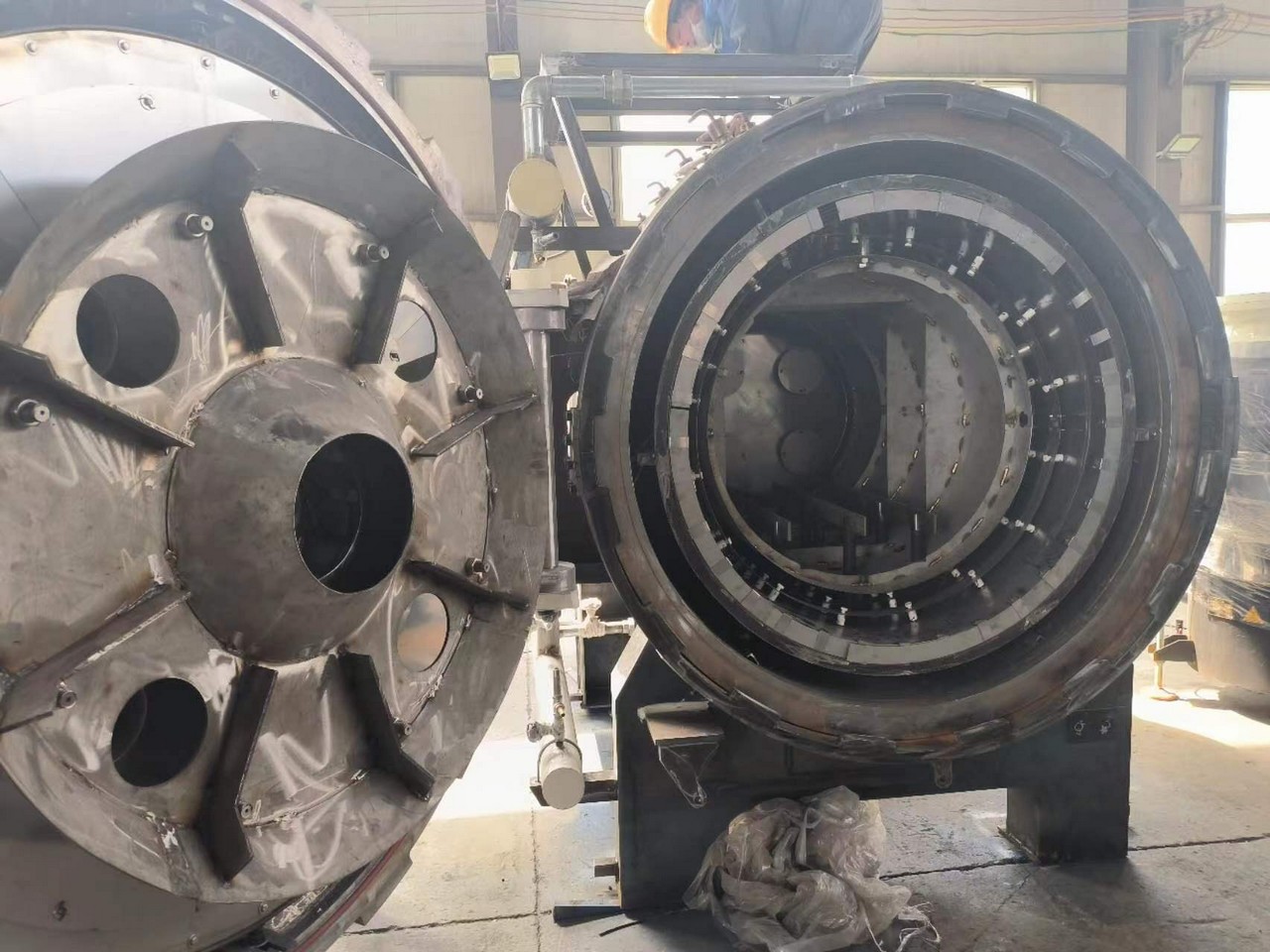Vacuum furnace annealing is a metal heat treatment process, which refers to the heat treatment method of slowly heating the metal to an appropriate temperature, keeping it for a sufficient time, and then cooling it at an appropriate speed, sometimes natural cooling, sometimes controlled speed cooling.
1. Reduce the hardness, soften the workpiece and improve machinability.
2. Improve or eliminate various structural defects and residual stresses formed in the process of casting, forging, rolling and welding of steel, and reduce the tendency of workpiece deformation, cracking or cracking.
3. Refining the grain, improving the structure to improve the mechanical properties of the workpiece, and eliminating the defects of the structure.
4. Uniform material structure and composition, improve material properties or prepare for subsequent heat treatment, such as annealing and tempering.
After the leak is found through inspection, it needs to be blocked in time to achieve the effect of improving the atmosphere in the furnace. Repair the cracked part of the weld; replace the aging or damaged sealing gasket; strengthen the wheeled bolts, etc.
The atmosphere in the annealing furnace is crucial to the surface quality of the product, and the establishment of a furnace airtight inspection system can ensure timely detection of leakage problems. The timing specification and calibration of the online monitoring instrument can ensure the correct measurement data guidance for production, combined with the correct leak detection and handling methods, these play a key role in improving the atmosphere in the furnace.
The heating element is made of high-temperature resistance alloy wire wound into a spiral shape, distributed on the side of the furnace, the furnace door, the back wall and the wire bricks on the trolley, and fixed with national standard socket bricks, which is safe and concise. The trolley is equipped with a pressure-resistant and high-temperature-resistant cast steel furnace bottom plate to carry the workpiece. In order to prevent the oxide skin generated after the workpiece is heated from falling into the surrounding heating element through the gap between the furnace bottom plates and causing damage to the heating element, the contact between the furnace bottom plate and the furnace body is selected to be pierced. In order to ensure normal use, it needs to be purged frequently. When purging, lift the bottom plate of the furnace, and use compressed air to clean the oxide scales in the resistance wire groove, and pay attention to prevent the oxide skin from being stuck in the furnace wire and cause a short circuit.
Post time: Jun-22-2023